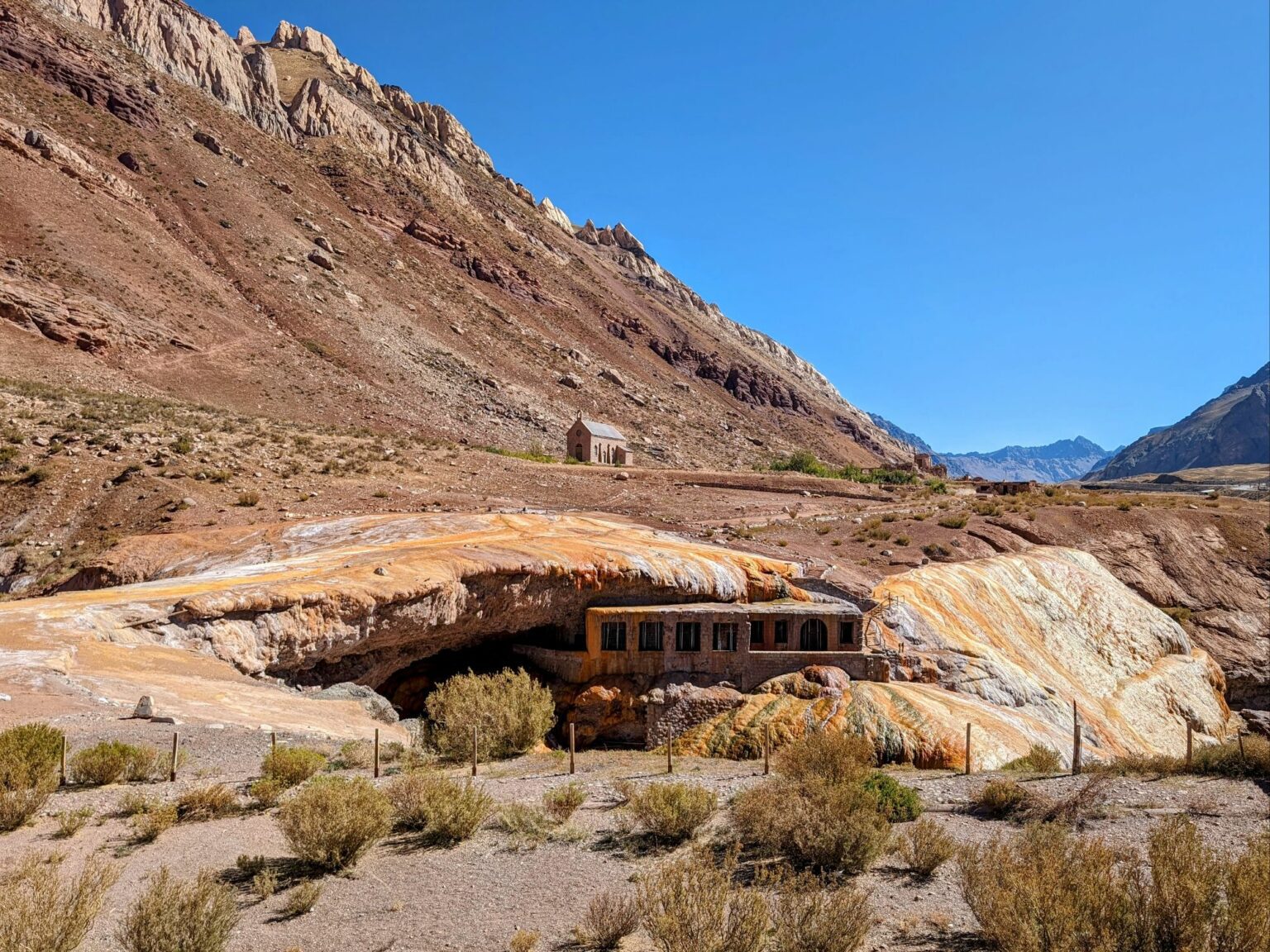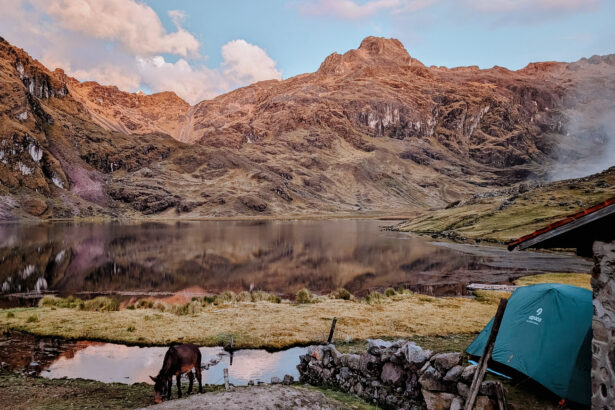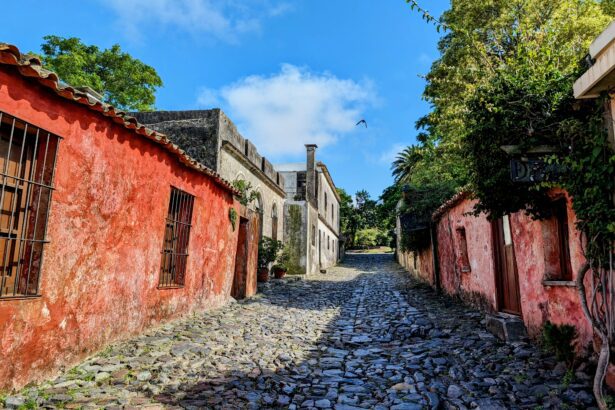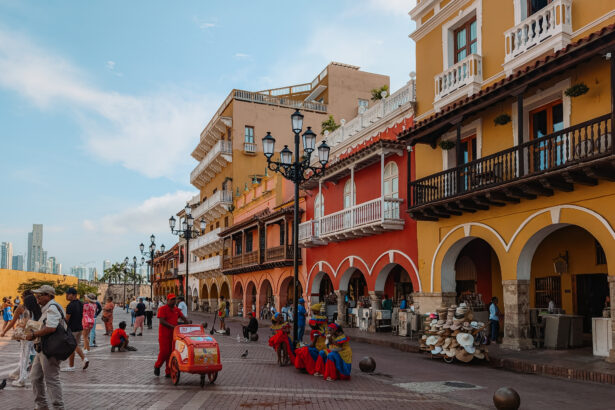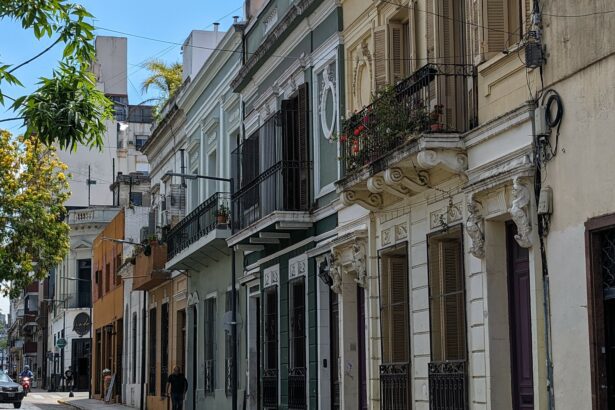The Mendoza area is known for its incredible wine and beautiful wineries. Part of the beauty of the region is the incredible Andes Mountains, also known as the Alta Montana, that surround the vineyards and have an impact on the microclimate that so strongly affects the wine. In addition, the land has been traversed for centuries, with proof of the Incas and the Argentine liberators against the Spanish both traveling through paths in the region. You can read more about visiting the wineries in this article.
Besides wineries, there are several other things to do in Mendoza that will expand your enjoyment of the region and give you a better understanding of the culture of the region.
Termas Cacheuta – these thermal baths can be easily visited with a tour group from Mendoza. This would add to the relaxation that you can experience throughout the region. When you arrive in Mendoza, you can talk to a tour company to see the tour that they can provide for the thermal baths.
Michelin Star and Fine Dining Restaurants – there are four one-star restaurants and 15 restaurants with distinction (2024), in the region. These restaurants have tasting menus with wine pairings that allow you to try unique takes on Argentine cuisine.
Adventure Activities – the region provides different adventure activities, including rafting, horseback riding, ziplining, etc.
Alta Montana Tours – we did this tour to explore some of the history of the high Andes and see some Incan ruins. You can learn more about this day tour below.
The Alta Montana Tour Logistics
This full-day excursion will immerse you in the Andean mountains and the history of the region. Several tour groups provide this tour around town. We used “Viajes Conocer Mendoza” and this particular tour was only in Spanish. There may be other tour companies that provide English guides. You can go to the tourism office in the center of Mendoza city to find out about different tour agencies. The tour agencies are all found in the center of the city as well.
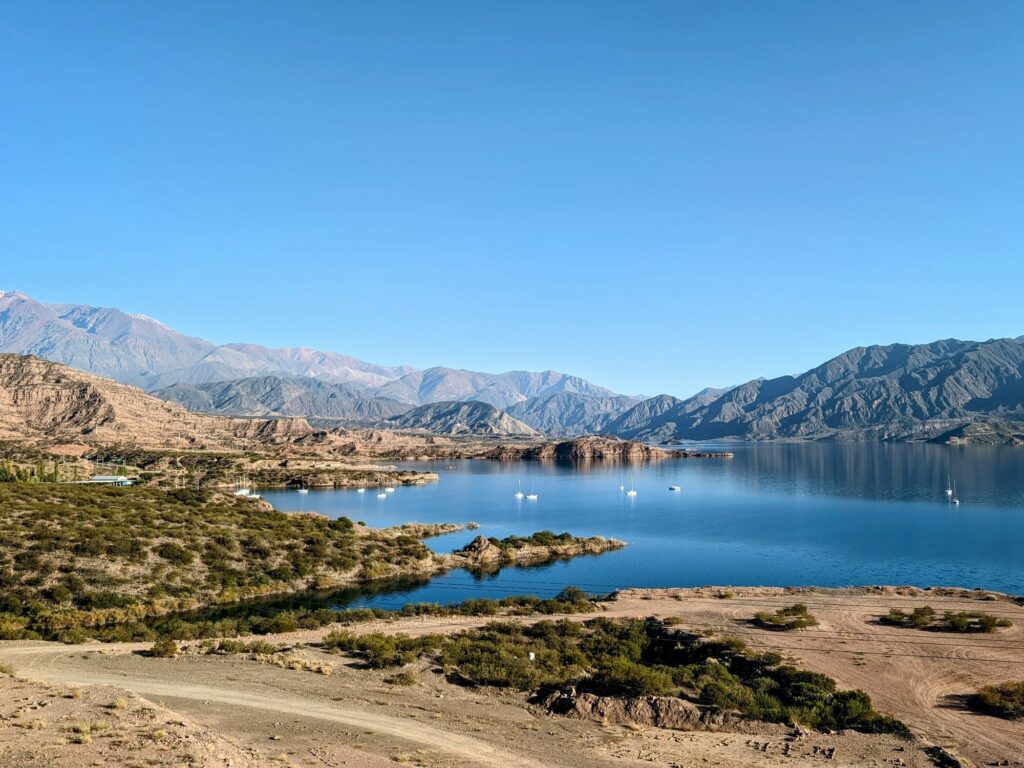
It is also important to note that the elevation change during this tour is dramatic. The elevation of Mendoza is 2,497 feet (761 meters). The highest elevation of this tour is 12,572 feet (3,832 meters), which is quite a drastic change and something to consider when opting to do this tour. You will feel the effects of the elevation on your body.
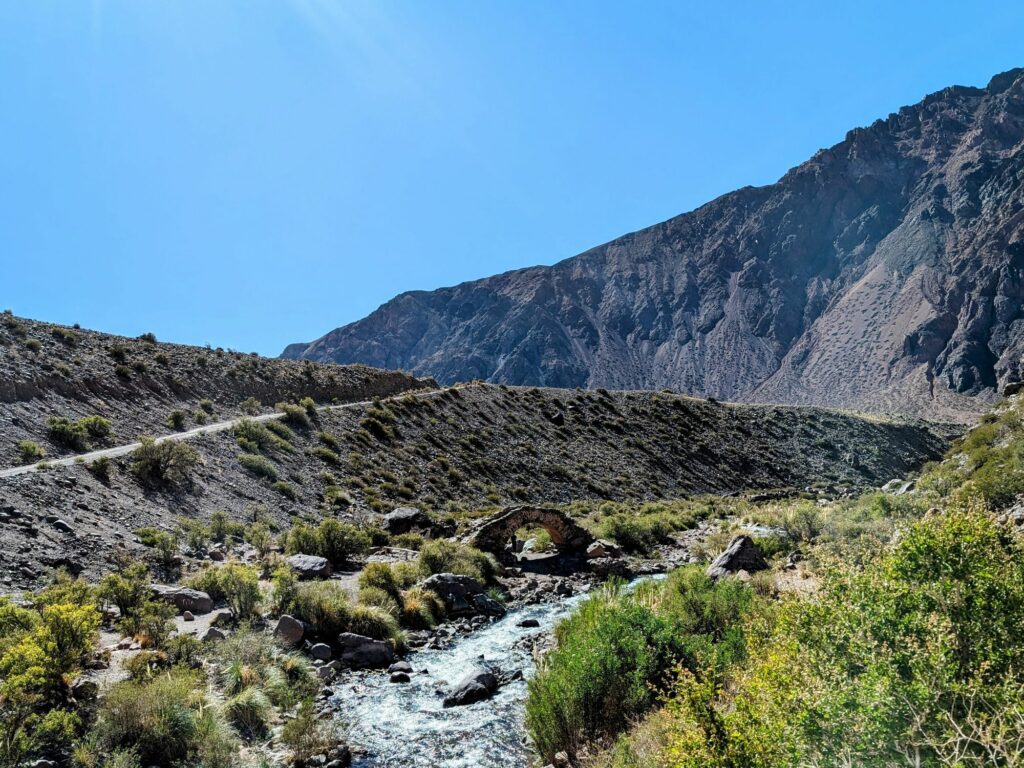
The day is a long one but the company provides several moments to take breaks, grab snacks, and go to the restroom. They even pick you up and drop you off at your hotel. Our first stop on our tour was at a small cafe in Uspallata. From there, we saw several different landmarks that helped paint the picture of the region.
The Alta Montana Tour Landmarks and Stops
The route started on National Route 7, famous for its winding road through over 14 bridges that carefully guide the road between the mountains. While today, this is a two-way road, historically, the road only had one lane and would change the direction of the traffic daily to accommodate for transportation flow between Chile and Argentina. We could still see the old road across the river from our road. While the river was low during our time in Mendoza, there are other times of the year when it is much higher, allowing for great water adventure activities.
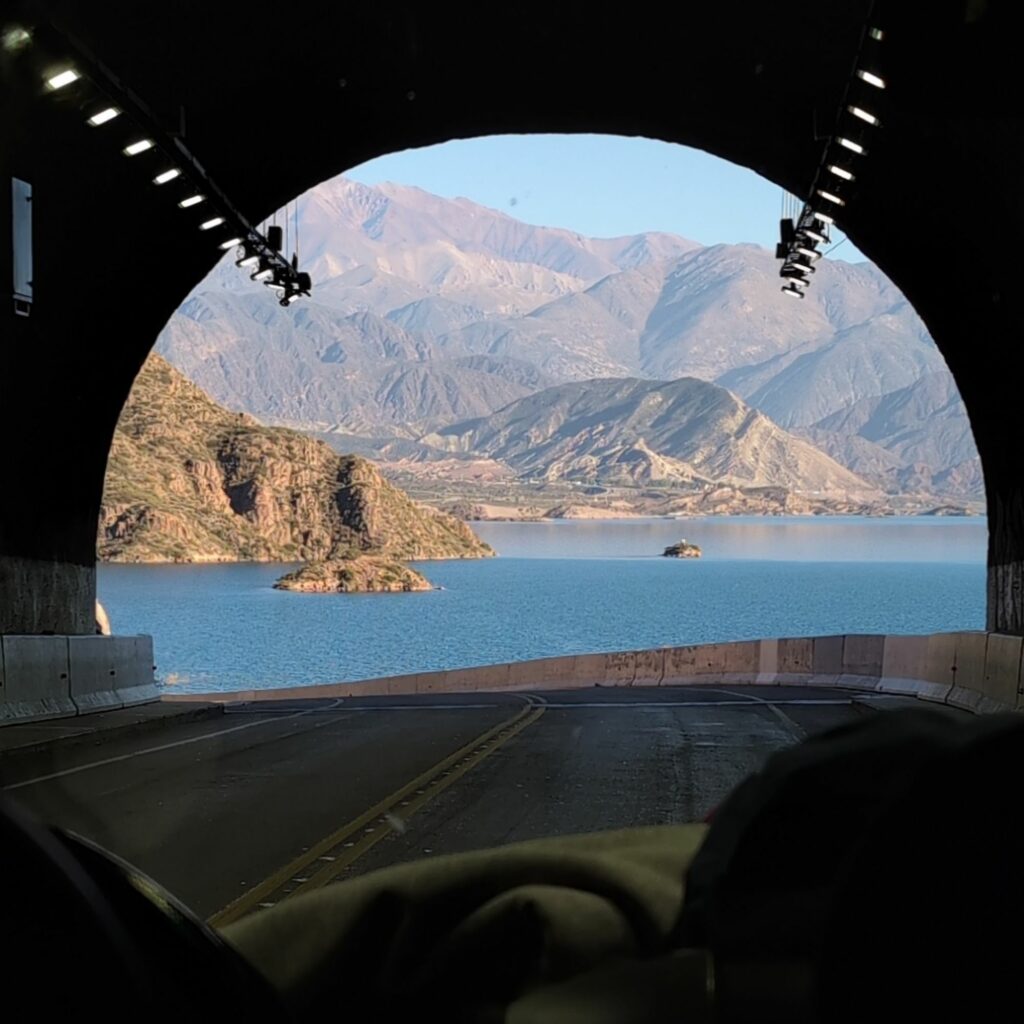
Our first great landmark on this tour was the Puente Picheuta. This bridge was constructed by the Bernardo O’Higgins army. Bernardo O’Higgins was one of the military commanders who freed both Chile and Argentina from Spanish colonization (along with San Martin) and this bridge was built when the army was traversing the border from Argentina to Chile.
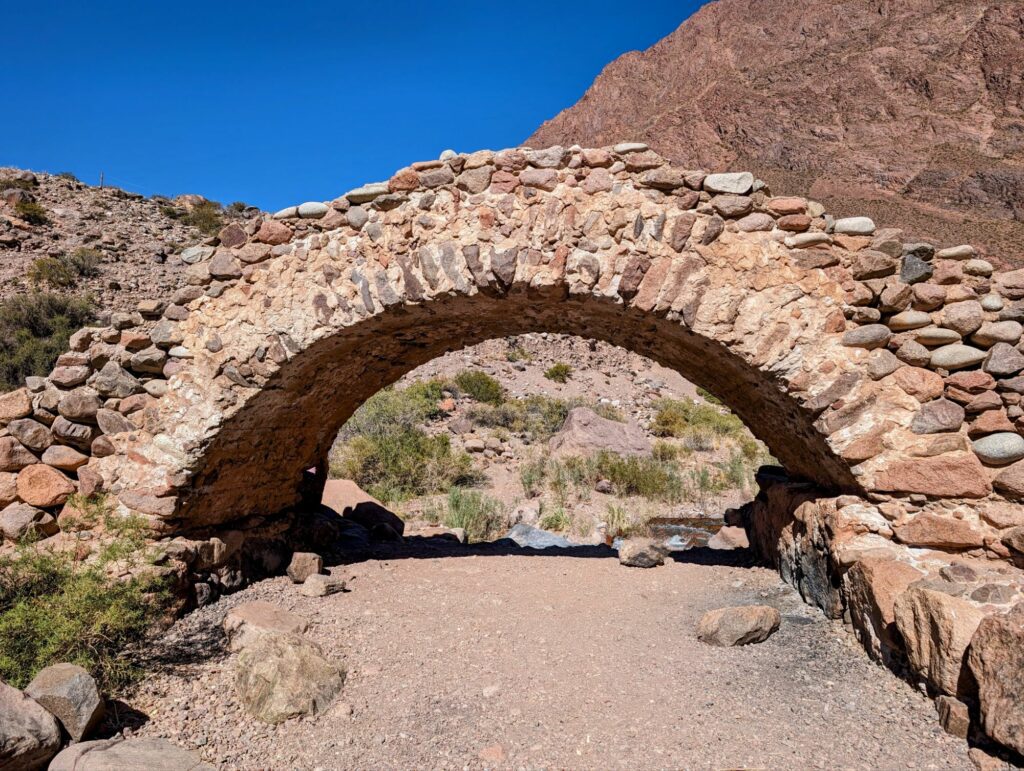
Along this route, we also had the opportunity to see the peak of Aconcagua, the tallest mountain in the western hemisphere.
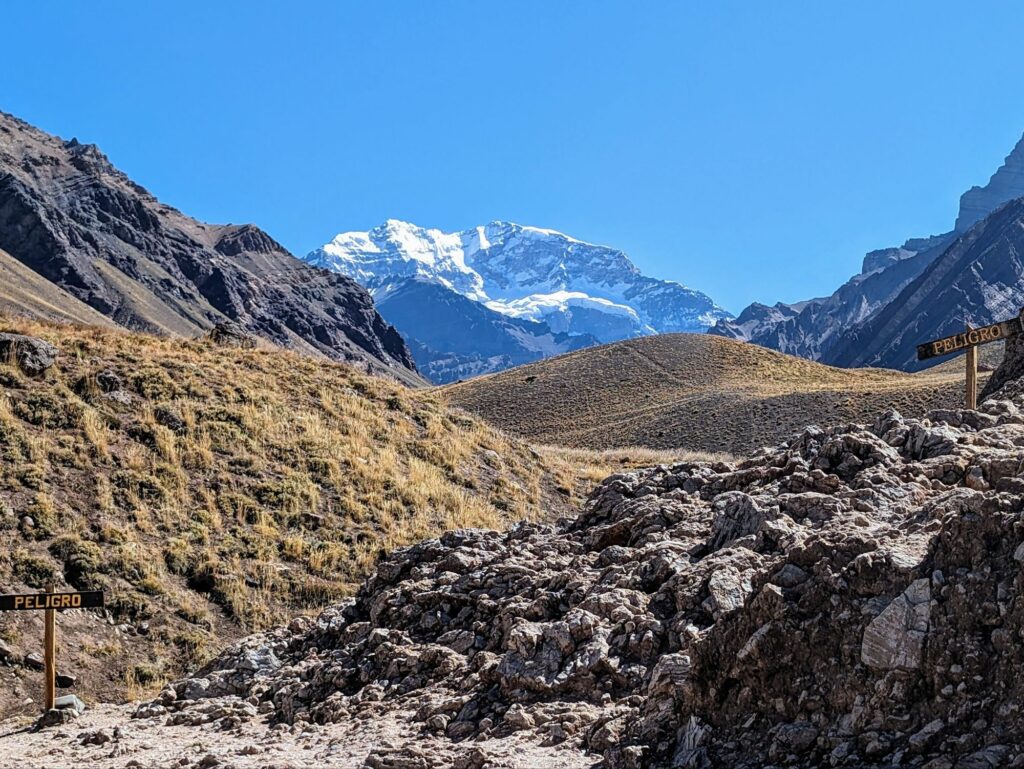
The highest elevation that we reached in the Alta Montana was at Christ the Redeemer of the Andes. (If you’re looking for Christ the Redeemer in Rio de Janeiro, click here.) Some tour groups allow you to bike up the winding road to the Christ statue. This tour group was (thankfully) not one of those but if that is a goal of yours, there are companies in Mendoza that can help you achieve that. The statue lies on the border between Chile and Argentina and is the highest point on the old road that tied Argentina and Chile. It is a memorial to the resolution of the border dispute between Chile and Argentina in this region.
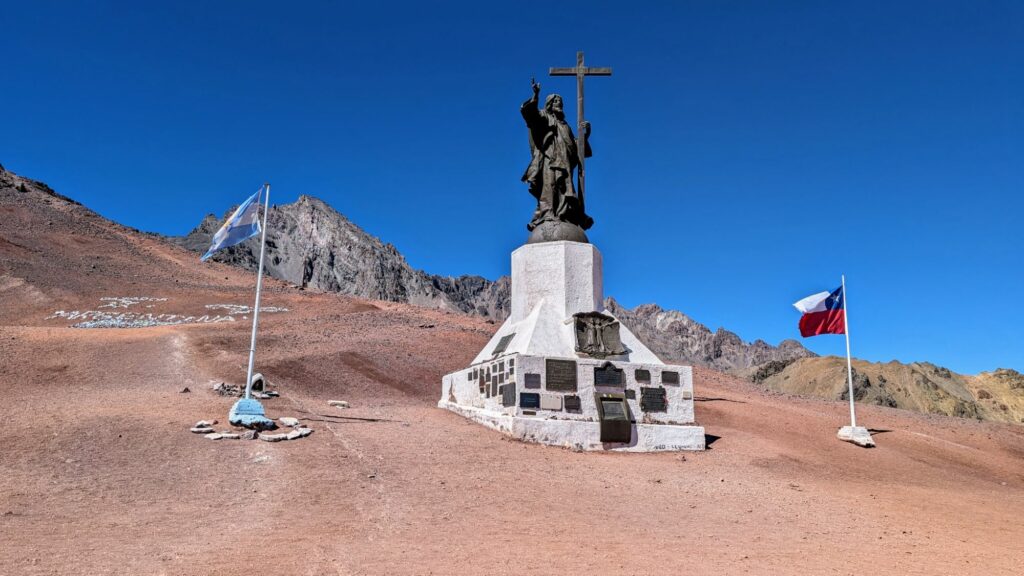
Our final stop was at the Puente del Inca, a natural bridge with beautiful colors from the minerals here. This particular area consists of thermal water, which has many different minerals that paint the rocks different shades of yellow and orange. It has this name because it is thought that an Incan emperor sent his sickly son to these thermal waters to improve his health. Later, a family constructed a hotel and commercial thermal baths but everything, except the church, was destroyed by a landslide in the 1960s. There are other thermal bath destinations in the region that you can visit today (Termas Cacheuta).
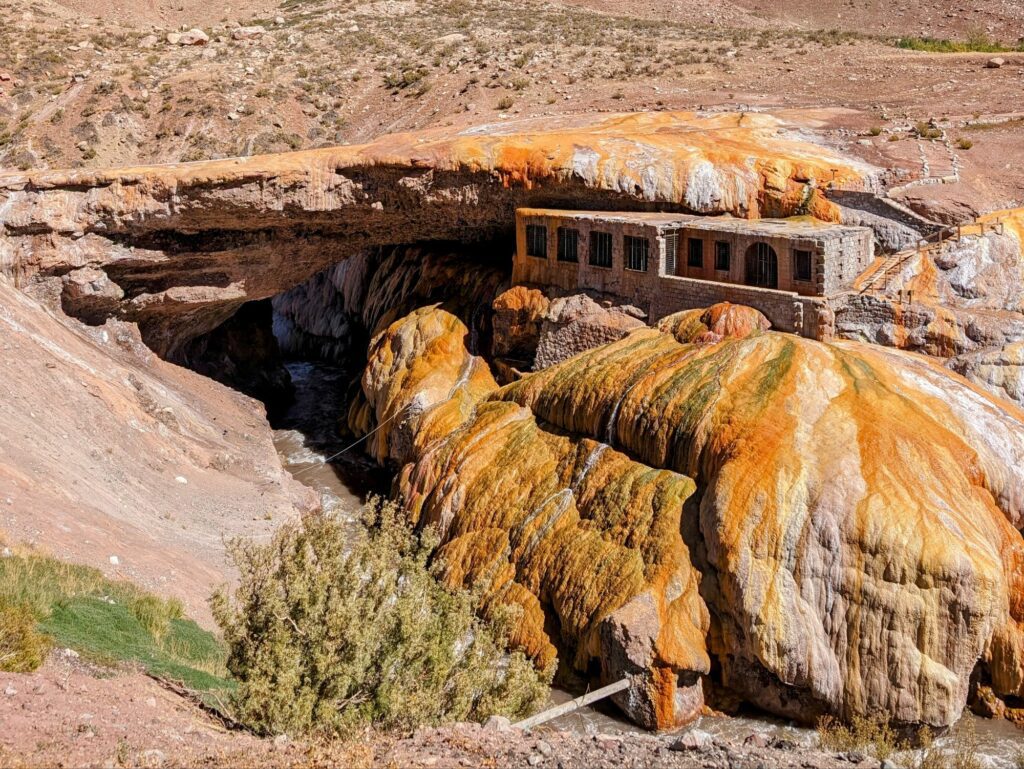
Finally, we returned to the city around 7 pm and were dropped off at our hotels to end our day.

